20 Weeks Pregnant: What to Expect from Your Anatomy Ultrasound
October 4, 2024
Read More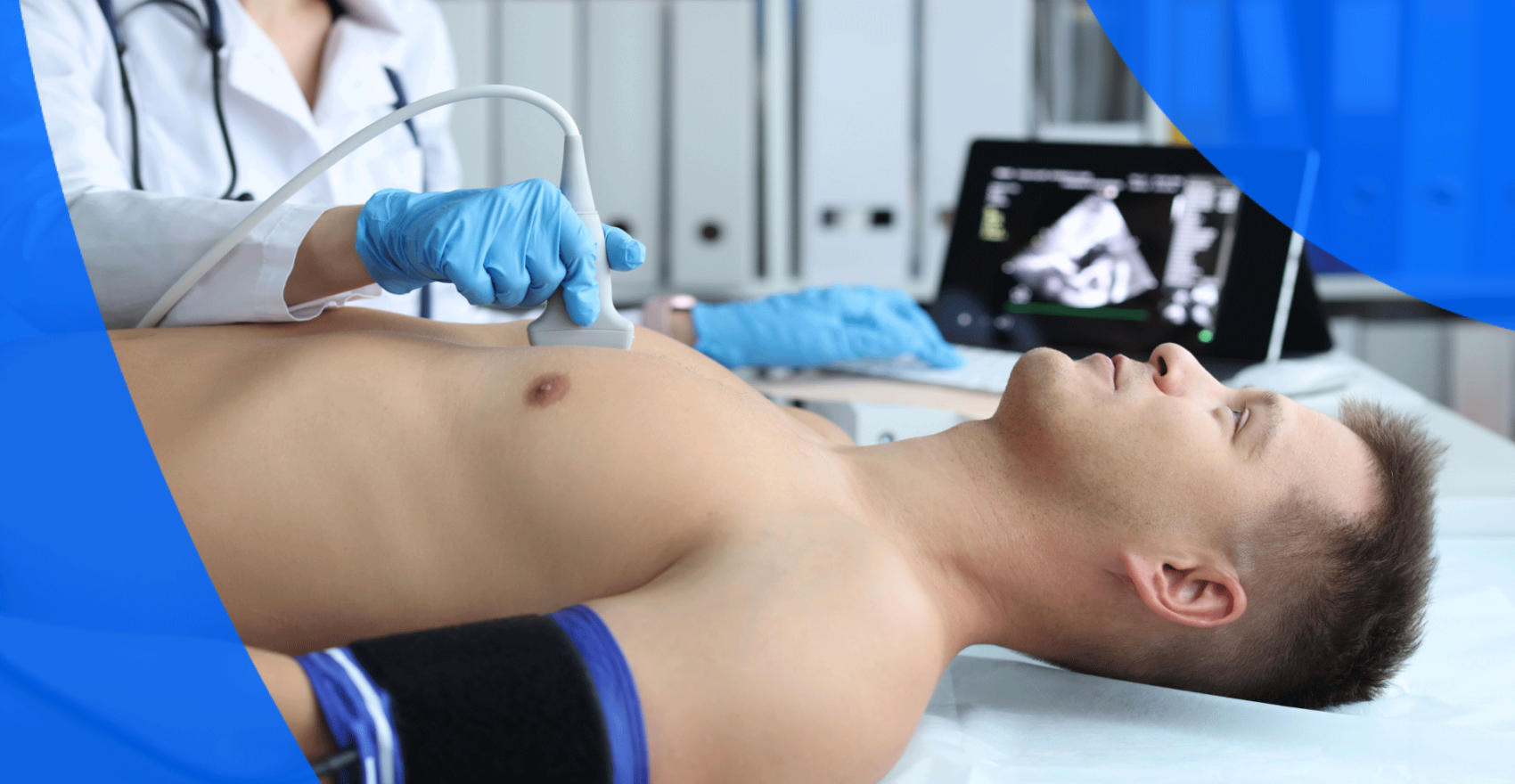
Getting a heart ultrasound may seem intimidating, but it is a useful and low-risk imaging technique. This guide covers the reasons for heart ultrasounds, the different types of echocardiograms, how to prepare for your scan and what to expect regarding obtaining your results.
Your doctor will discuss the final report and any next steps with you. For those who prefer an early preview, PocketHealth offers secure, instant access to your results as soon as they’re uploaded. This allows you to review your results ahead of time, so you can go prepared with questions and make the most of your follow-up appointment.
An echocardiogram, commonly known as an echo, is an ultrasound of the heart. This imaging technique uses high-frequency sound waves to create detailed, digitized images of your heart’s movement, structure, and size. A technician uses a hand-held device called a transducer to send high-frequency sound waves through your body, creating digitized images as the waves bounce back through your internal structures. This imaging technique evaluates your heart’s function, including its movement, structure and size.
An electrocardiogram is another type of test used to assess heart health. Though they sound similar, they serve two different functions.
These two non-invasive tests are often used together. An EKG is the most common heart screening test and is often performed first to assess any irregularities that could be associated with heart disease. However, an EKG cannot assess the heart’s pumping ability, an echocardiogram is often recommended next if more detail is required.
Your heart health is vitally important. An echocardiogram can help your physician detect, diagnose or eliminate many cardiac ailments and conditions. You might be referred for a heart ultrasound for any of the following reasons:
You also might have an echocardiogram to check your heart health as part of a larger overall healthcare routine.
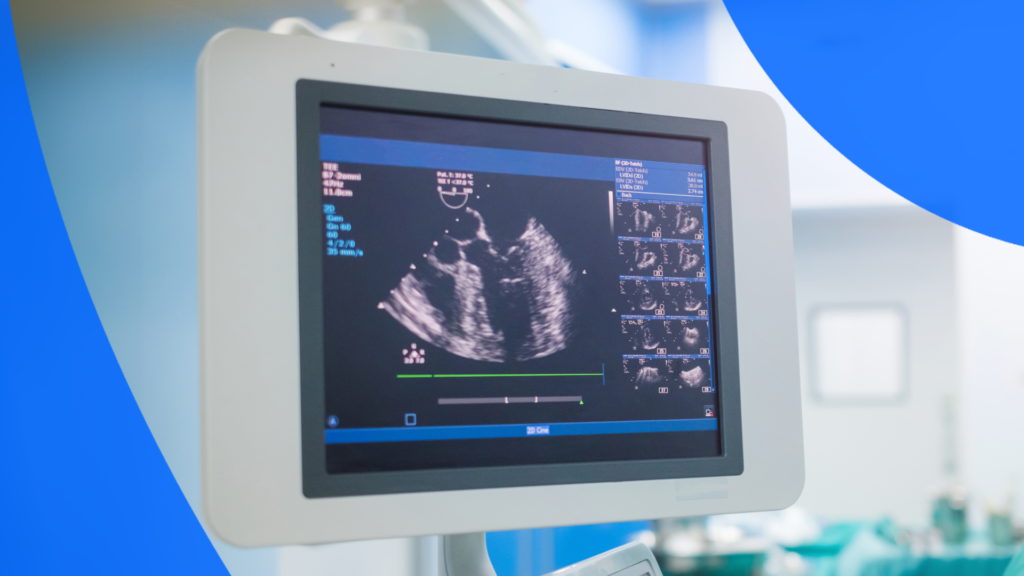
Depending on your circumstances and symptoms, a heart ultrasound might show signs that you have had a cardiac event, or evidence of other cardiac conditions, including:
There are several types of echocardiograms, depending on your particular health situation and needs:
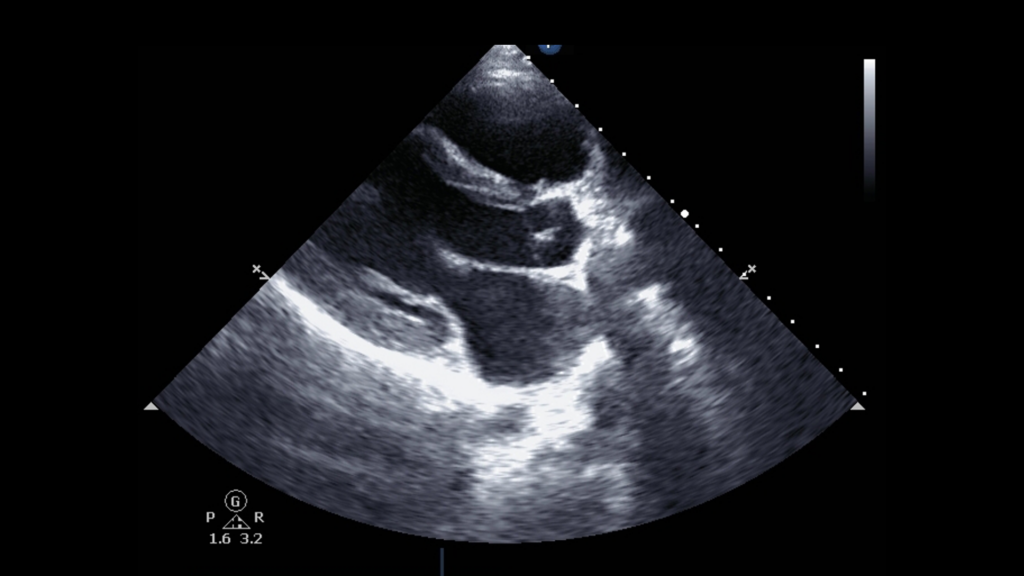
Transthoracic echocardiogram
This is the most common type of heart ultrasound, in which the sonographer runs the transducer through a conductive gel spread on the skin above where your heart is located. The technician will be able to assess the parts of your heart (such as valves and chambers) as well as adjacent blood vessels. It is also one of the least invasive of the echocardiogram types.
Why you may need one:
TTEs have several diagnostic uses. Here are some common reasons to have this type of echo:
This is also a TTE, but it happens after you have had a period of intense exercise or an injection of a heart rate-increasing medication. This is to determine how your heart functions when it is beating at a faster rate and is particularly useful for evaluating patients who have heart disease symptoms.
Why you may need one:
Besides investigating heart attack symptoms, some reasons include:
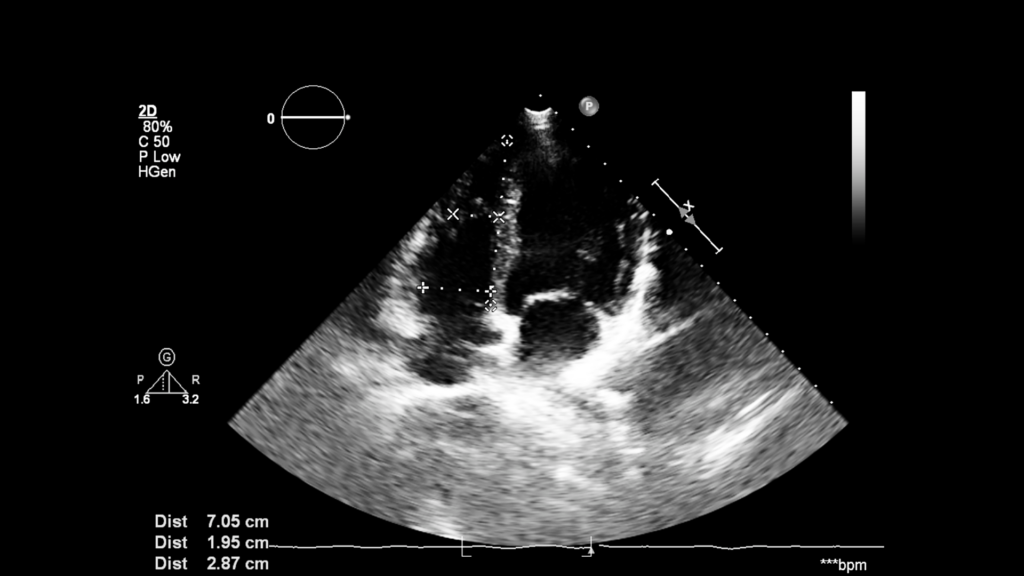
A transesophageal heart ultrasound
This is an internal ultrasound, in which a small tube is sent down your throat and the ultrasound is taken from inside the body. This allows significantly clearer images of the heart, as the esophagus is located close to this organ. TOEs are used when particularly detailed images are required.
Why you may need one:
Much of the same heart functions, symptoms and conditions already discussed in other echo types are also assessed with the TEE. Some specific reasons to have a TEE include:
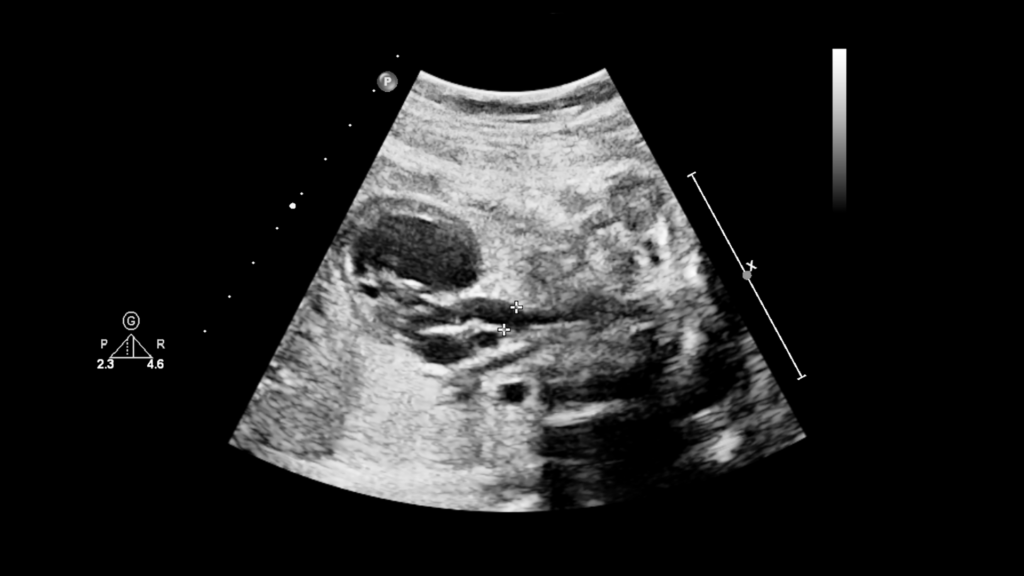
Fetal echocardiogram
You may require a fetal echocardiogram while pregnant, to ensure the fetus has no cardiac abnormalities. Often performed transabdominally (on the surface of the stomach), the scan might also be taken transvaginally, in which the transducer is coated in gel and then inserted into the vagina. This can provide better angles for imaging, when needed.
Why you may need one:
If there is a family history of congenital heart defects in either parent, a fetal echo is routinely recommended, so try not to get too anxious. This allows for early intervention or a referral to specialists, if needed. They can also be used to monitor existing fetal heart conditions, helping to plan the next steps.
Your specific circumstances may also require the use of a contrast agent in your echocardiogram. The contrast, which is injected into your blood, shows up very clearly in the scan and can help generate better, sharper images of your heart.
Why you may need one:
When standard echos don’t provide enough details for assessment or diagnosis, the contrast agent can greatly improve visibility.
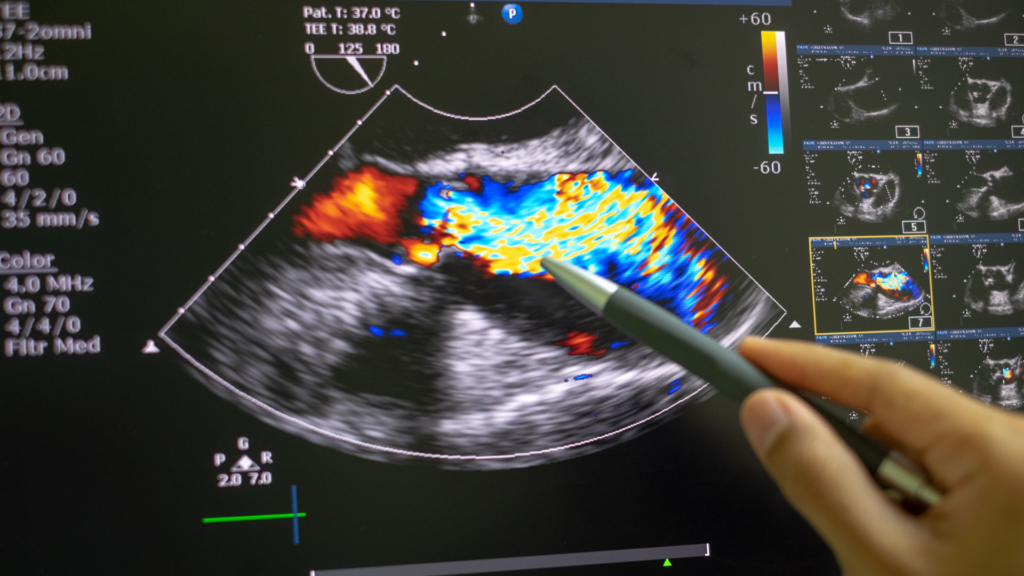
A Doppler ultrasound of aortic stenosis
There are various techniques used to capture images of your heart, each suited to different conditions and diagnostic needs. The most appropriate technique will depend on your specific situation and what your healthcare provider needs to examine. These methods include:
Heart ultrasound appointments generally take between 30-60 minutes. There are a few things you can do to prepare:
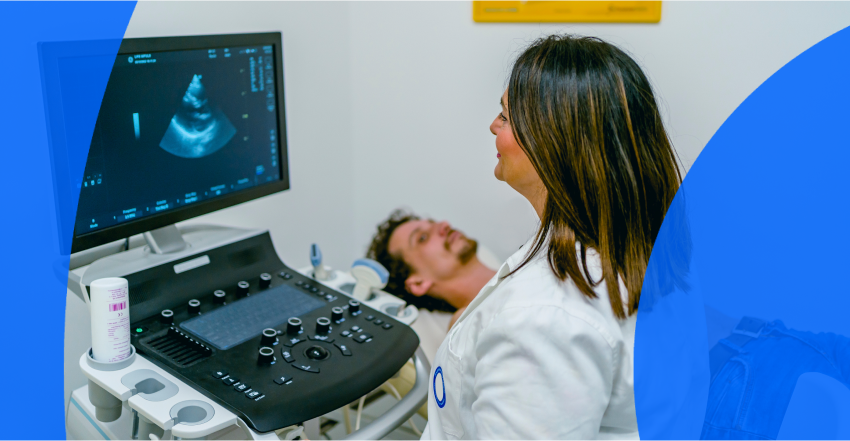
The heart ultrasound process will differ a little depending on the type you have. For each type, you’ll have to remove the top half of your clothing, and several electrodes may be attached to the skin of your chest. You’ll be asked to lie on your left side.
Questions to ask during a heart ultrasound scan
The sonographer won’t answer questions about the content or results of your heart ultrasound, but you can ask questions about the procedure and process, such as:
Seeing your final results may raise questions, especially with complex medical terminology. PocketHealth Report Reader simplifies this by providing instant, easy-to-understand definitions for the technical terms in your report. Just tap or click the underlined terms to gain clarity and better understand your imaging results.
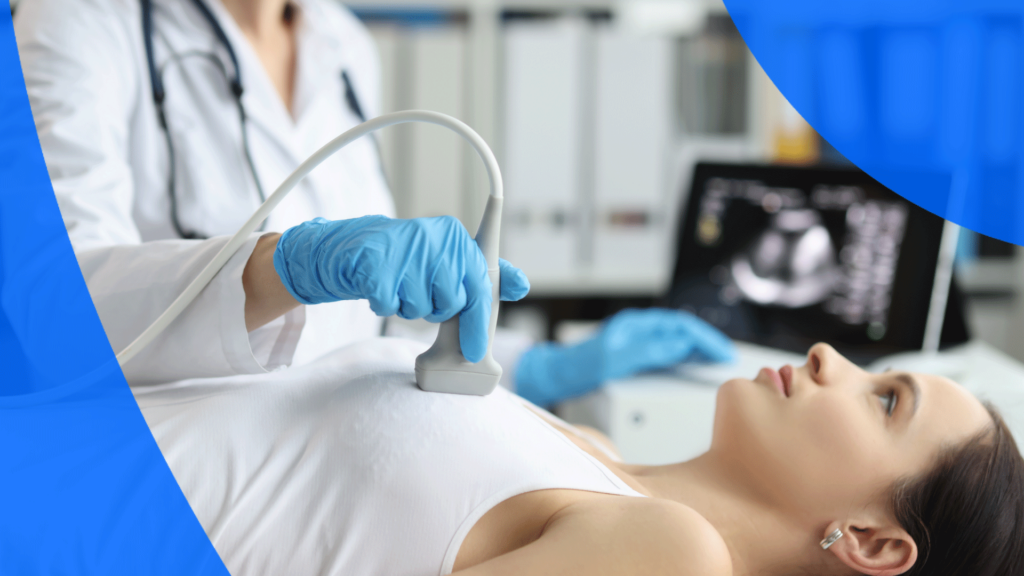
For female patients or those assigned female at birth (AFAB), getting an echocardiogram can raise additional questions. Here is some information to help you know what to expect:
You may feel anxious waiting for your results, but try not to stress. Here are some common questions patients have regarding their echo results.
Turnaround times for echocardiogram results depend on the schedule of the imaging facility and the radiologist who interprets the report. It may also vary based on the availability of the doctor who will follow up with you. Many patients receive their results during their next medical appointment or over the phone from their physician.
For those seeking faster access, PocketHealth notifies you as soon as your final report is uploaded. You can view your results securely and easily, and even share them with your medical provider or family members if desired. This early access empowers you to be more informed and prepared for your follow-up appointment. By reviewing your results ahead of time, you can better understand your condition, formulate questions for your healthcare provider, and play an active role in your health journey.
Get fast access to your ultrasound results
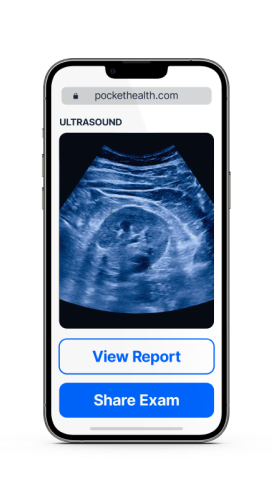
If you have online access to your report, you might see your results before your follow-up appointment with your doctor. Reviewing your results in advance can help you prepare any questions you might have. MyCare Navigator offers personalized questions based on your report, giving you a head start in preparing for your discussion. Additionally, the follow-up detector function assesses whether you need to take specific next steps based on your records. You can discuss these recommendations with your doctor to ensure you understand the appropriate actions to take next.
If you see colors on your echocardiogram, it is likely that your scan included a color Doppler ultrasound or color flow imaging. These techniques use color to represent blood flow, with different colors indicating the direction of movement. Typically, blood flowing away from the transducer is shown in blue, while blood moving toward the transducer is shown in red. Lighter shades of these colors can indicate higher velocities. Additionally, colors like yellow or green may represent high flow turbulence, which helps doctors assess various health conditions. Note that the color scheme may vary by imaging facility, so it’s recommended to confirm the color key with your provider to avoid confusion.
Taking care of your heart is the utmost priority. An echocardiogram can help your doctor detect and diagnose heart ailments and conditions. Having early access to your heart ultrasound results gives you the information you need to have better, more focused conversations with your whole healthcare team.
PocketHealth gives you rapid and secure access to your medical images and information, so you can be prepared and fully in control of your own health. That was the case for Ruth, who was able to review her ultrasound records and other imaging when she developed cancer. With Report Reader, she could understand her evolving condition and stay actively involved in her health journey, always prepared for her follow-up discussions in advance. Having your records on hand not only keeps you better informed but also allows you to share them with other physicians, ensuring you are empowered no matter where you go.